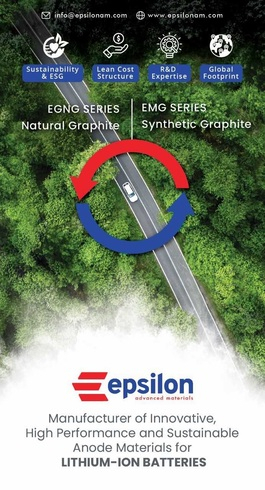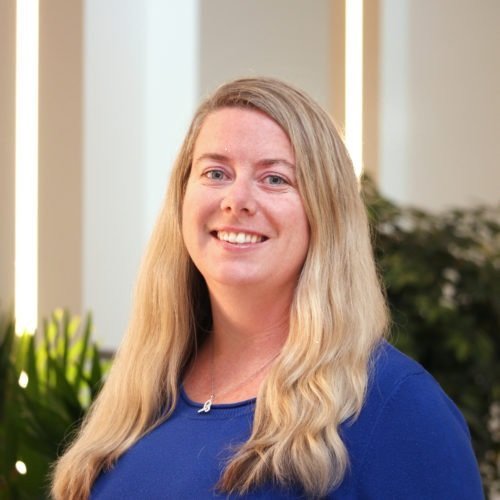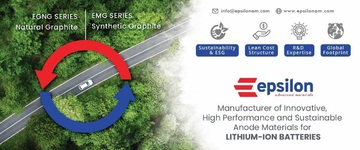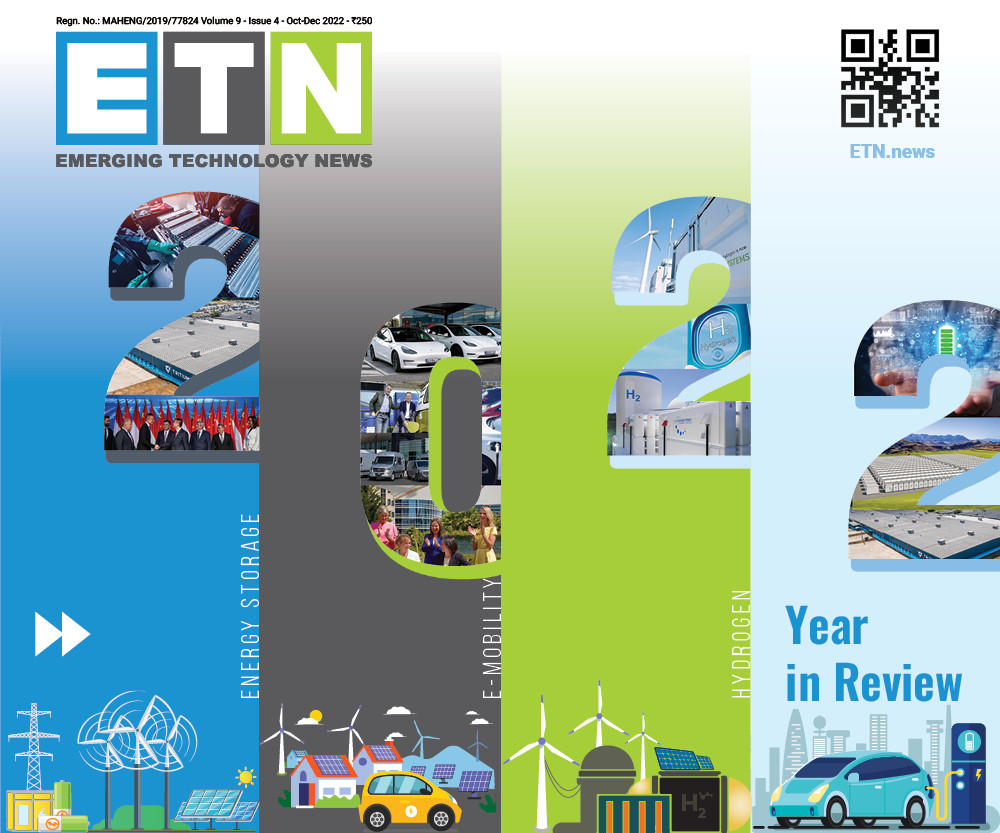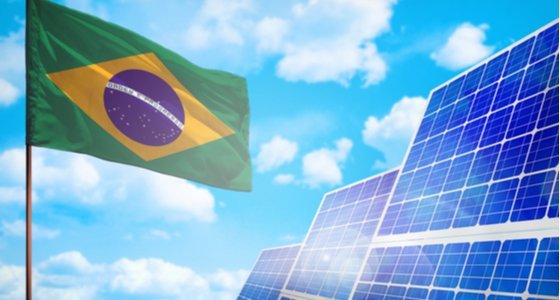Dr. Rahul Walawalkar, Founder & President of IESA
The year 2022 is witnessing tremendous traction in terms of adoption of electric vehicles across the globe. With EVs becoming mainstream in many countries, advanced battery manufacturing is getting a much-deserved policy focus around the globe between China, Europe and US. With the recent successful conclusion of Advanced Chemistry Cell Production Linked Incentive program, India has also made an entry into this league. There is an apparent 'global race' for developing the domestic supply chain to meet the needs of the emerging battery industry, in
these markets.
On the other hand, the growth of renewable energy has also continued on the grid side, with many regions taking the lead, including countries like US, China and India, thanks to solar and wind emerging as the largest addition of new energy generation sources in recent years. This trend is bound to continue further in the coming years as well, with reduction in costs of sourcing renewable energy and associated energy storage solutions.
Renewable energy with energy storage systems is already replacing peaker plants in many developed countries, and is expected to catch up in other nations like India and China, in the coming years. In this regard, there is a greater need for international collaboration and partnerships. Although there already exists an immense focus on localization, there are many other opportunities for global players to partner and share synergies with each other in this sector.
The World Energy Storage Day (WESD) 2022 is a platform aimed at creating awareness to leverage diversity, innovation, and strengths from around the globe, be it in terms of raw materials processing, technological know-how, skill development or the emerging demand diversity in different parts of the world. There exist tremendous opportunities for all of us to come together in pursuit of net-zero energy transition.
Lately, many countries have set their deadlines to go net-zero by 2050, or not later than 2070. However, to achieve these goals, the electric grid needs to be ahead of the set deadline at least by 10-15 years, particularly in those areas that are relatively easier to decarbonize, and make the energy transition an effective reality. In other words, the next decade and a half is going to be much crucial, particularly for determining the pace at which we are likely to chase the net-
zero targets in the coming decades.
"The World Energy Storage Day (WESD) 2022 is a platform aimed at creating the right awareness to leverage diversity, innovation, and strengths from around the globe. There exist tremendous opportunities for all of us to come together in pursuit of net-zero energy transition"
Through the WESD platform, we believe that many such defining partnerships can be formed, and leverage new learnings from the experiences of different countries, thereby leapfrogging our efforts.
The pace of change in technologies is rapidly accelerating, with industry segments like electronics or semiconductors witnessing rapid evolution. In advanced energy storage and EV technologies, the evolutionary cycle from the stages of technology innovation to market commercialization is still relatively slow as compared to semi-conductors. Yet, given the scale in which these areas are garnering investment and policy interests, the timeline for technology commercialization is expected to halve in the coming decade.
To ensure sustainability from cradle-to-grave, we as an industry have to innovate on recycling strategies and adopt circular supply-chains while planning for the next technology transition, may it be batteries to power EVs or electrolyzers to mass produce green hydrogen.



